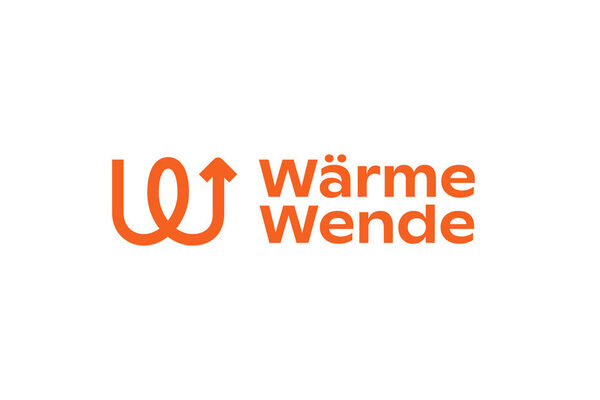Stock and potential analysis - the basis for the heating transition
The state capital of Wiesbaden is actively committed to climate protection and is working with the Municipal Heat Planning (KWP) to make the heat supply for all people and companies in the city climate-neutral in the long term.
The first steps of a KWP are the suitability test, the inventory and the potential analysis. The suitability test determines whether there are areas for which a shortened planning procedure can be carried out. The subsequent inventory and potential analysis shows what the heat supply currently looks like and what theoretical potential there is for saving on heat demand, how heat can be temporarily stored and to what extent renewable energy could be expanded. In areas for which a shortened procedure is carried out, part of the existing and potential analysis can be dispensed with.
What is the aptitude test?
The suitability test is the first step in municipal heat planning. Here, areas are identified for which a shortened procedure can be carried out. In particular, these are areas that are very unlikely to be suitable either for supply with a heating network or for development via a hydrogen network. In these areas, further planning is limited to heat savings and decentralized heat supply methods. In addition, there are areas in which heat is already provided in a completely climate-neutral manner and for which no further planning is therefore necessary.
What is the result of the suitability test for Wiesbaden?
No areas suitable for a shortened procedure were identified for Wiesbaden in the course of the suitability test. The reason for this is that additional information on the building stock and possible heat sources in the planned area is required to assess the economic viability of a heat or hydrogen network. However, this information is only identified in the inventory and potential analysis, i.e. after these areas have been designated for abbreviated heat planning. Although the Heat Planning Act essentially allows the suitability test to be carried out using existing data, there is a risk that heat potentials will be overlooked and areas will not be optimally planned. The city of Wiesbaden has therefore decided not to designate an area for abbreviated heat planning. Instead, a complete municipal heating plan will be carried out for the entire city area.
What does the inventory analysis include?
The inventory analysis forms the basis for municipal heating planning. It provides a clear picture of how Wiesbaden is currently supplied with heat. It records how much heat is consumed in the individual districts. The criteria of the inventory analysis are
- the building structures according to age and renovation status,
- which heating and heat generation systems are in use (e.g. gas heating systems, heat pumps, biomass systems),
- what the existing infrastructure looks like - e.g. district heating, gas and electricity grids,
- and which energy sources are used and what proportion of actual consumption (final energy) they account for.
The data was collected in close cooperation with network operators, specialist offices and public institutions.
What does the potential analysis show?
The analysis shows the theoretical potential for a sustainable heat supply. It considers :
- the potential for savings through the energy-efficient refurbishment of buildings,
- the potential of renewable heat sources such as solar thermal energy, geothermal energy or waste heat utilization,
- the potential for local and district heating networks,
- and the use of innovative technologies such as large heat pumps, seasonal heat storage or industrial waste heat utilization.
The aim is to identify suitable supply options for each neighborhood and area category in Wiesbaden and to map them in a strategic plan.
Why is heat planning important?
Around half of final energy consumption in Germany is accounted for by heating - i.e. for heating, hot water and similar applications. In Wiesbaden, too, the heating transition is therefore a crucial part of the climate protection strategy. Municipal heat planning makes it clear where we stand and what options there are for converting the heat supply in a climate-friendly way. It provides important information and orientation - for politicians, administration, energy suppliers, companies and private households.
What happens next?
In the next steps, the city of Wiesbaden will develop a target scenario for a climate-neutral heat supply by 2045 based on the analysis of the current situation and potential. This will result in concrete action plans and recommendations for the heat supply areas, which are to be implemented gradually over the coming years. This will provide citizens, businesses and suppliers with a basis for implementing the heating transition by 2045.
Background information
For a more in-depth classification, you can download presentations on the status quo and potential analysis as PDF files. They contain key findings, examples of maps and technical explanations.
The results of the analysis are also visualized in the Digital Twin of the City of Wiesbaden. There you can interactively view heat consumption, heat density and existing heat generators and energy sources at district and neighborhood level.
Do you have questions about municipal heat planning?
You can reach us by e-mail at waermewendewiesbadende
